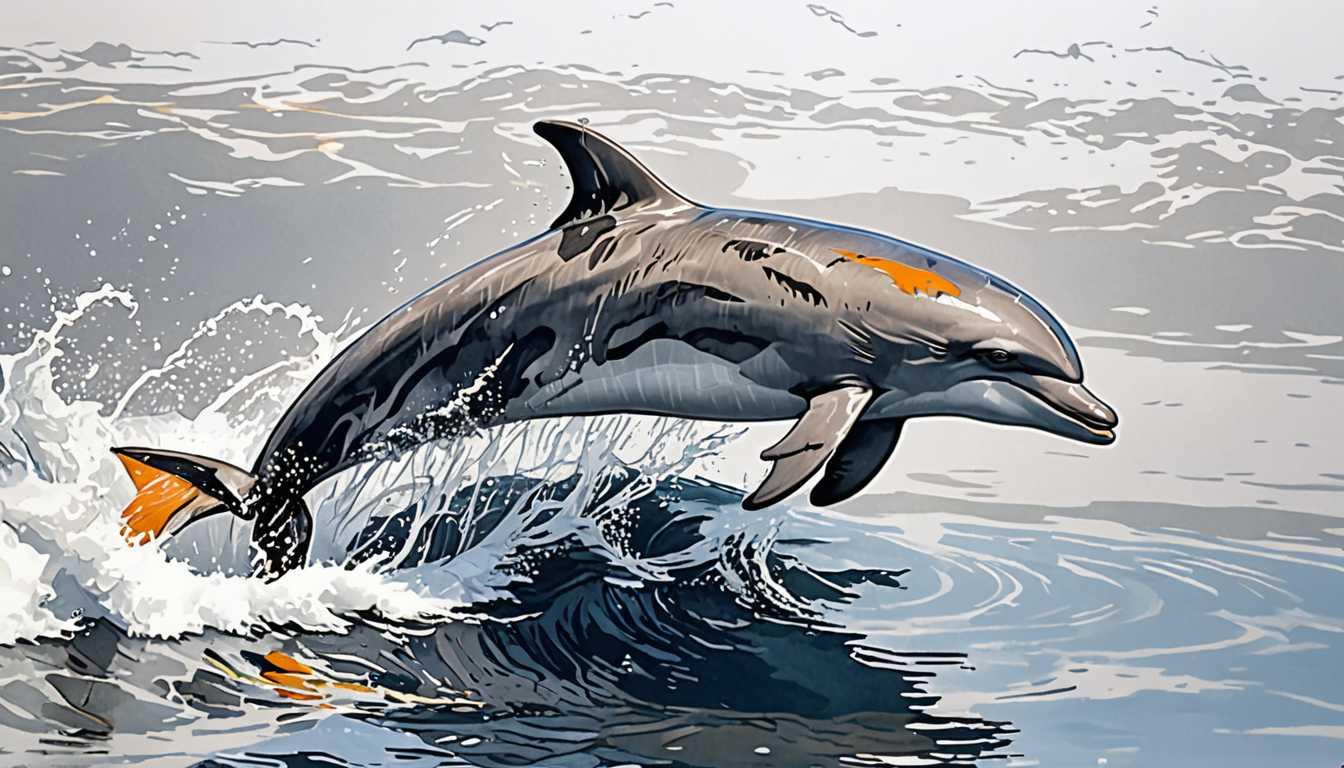From Sprawled to Upright: Mammal Evolution Unveiled
November 2024
Harvard Gazette
Introduction
Ever wondered how mammals went from sprawling like a lizard to standing tall like a human? Dive into this fascinating article from the Harvard Gazette, where scientists untangle the complex journey of mammal evolution! With insights from fossil studies and cutting-edge biomechanical modeling, discover why our ancestors weren’t always the upright creatures we are today. Spoiler alert: it’s a wild ride of twists and turns! So grab your thinking cap, and let’s explore the evolutionary mystery together!
READ FULL ARTICLEWhy It Matters
Discover how this topic shapes your world and future
The Fascinating Evolution of Movement
Understanding how mammals evolved from sprawling to upright postures is not just a peek into the past, it's a journey through the intricate dance of evolution that has shaped life on Earth. This shift allowed mammals, including us, to adapt better to their environments, run faster, and eventually thrive in various habitats. The study of this evolution reveals crucial concepts, such as biomechanics, which show how the structure of an animal relates to its movement. This is significant on a global scale because it helps scientists understand not just our history but also the potential future of movement in animals and robotics. Plus, as you learn about this evolution, you can appreciate the complex interplay of physical traits and survival strategies, connecting it to your own growth and adaptability in life!
Speak like a Scholar
Biomechanics
The study of the mechanical laws relating to the movement or structure of living organisms. Think of it as the physics of how our bodies move!
Evolution
The process through which species change over time, often adapting to their environments. It's like a long, slow journey of improvement!
Synapsid
A group of animals that includes mammals and their extinct relatives, characterized by their skull structure. It's part of our family tree!
Locomotion
The ability to move from one place to another. This can include walking, running, or even swimming!
Force-generating ability
The capacity of muscles to produce force. In simpler terms, how strong a muscle is when you try to move!
Fossil record
The history of life on Earth as documented by fossils. It’s like a treasure chest of clues about how life has changed over millions of years!
Independent Research Ideas
The Role of Posture in Survival
Investigate how different postures in animals impact their survival rates in various environments. Understanding how posture affects movement can lead to insights about modern species' adaptations!
Biomechanics and Robotics
Explore how principles of biomechanics are used in designing robots. This intersection of biology and technology can reveal fascinating ways to create machines that mimic life!
The Evolution of Movement in Dinosaurs
Research how dinosaurs moved and compare their locomotion to that of modern-day birds. Discovering these connections can enhance your understanding of evolutionary history!
Comparative Anatomy of Mammals and Reptiles
Study the anatomical differences between mammals and their reptilian ancestors. This could uncover the features that facilitated the shift to upright posture!
Fossil Analysis and Reconstruction Techniques
Look into how paleontologists reconstruct the movement of extinct species using fossil evidence. This investigation can show you the challenges and innovations in understanding ancient life!
Related Articles

Alien Life in Cosmic Dust
March 2023
Phys Org

Caterpillars: Detecting Danger with Static Electricity!
May 2024
University of Bristol

From Dino Arms to Bird Wings
February 2023
Phys Org

Secrets of Insect Flight Unveiled
April 2024
California Institute of Technology

Whale Tales: How Cetaceans Conquered the Sea
October 2024
Harvard Gazette